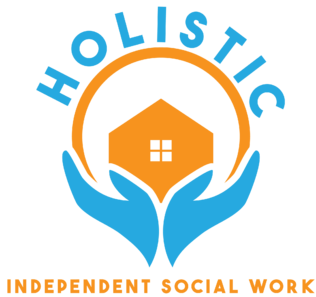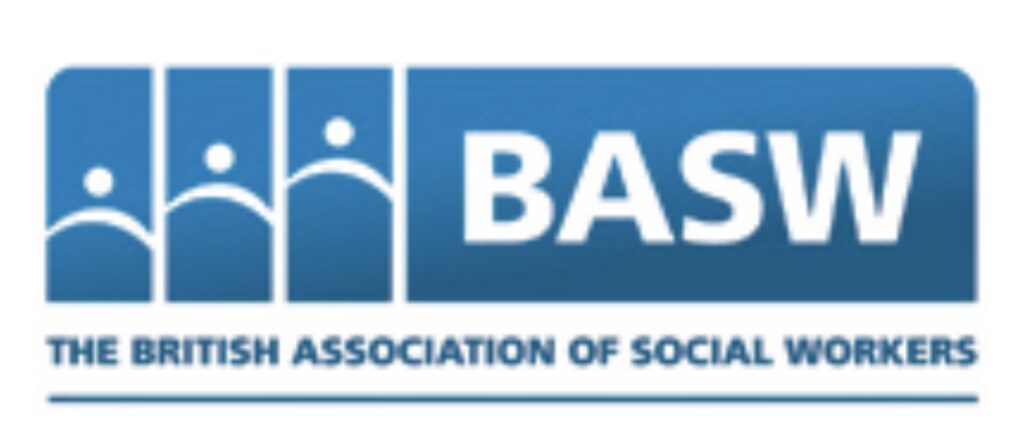Cafcass suggests that Parental Alienation (PA) is a form of abuse and ‘can lead directly to a child or adolescent suffering from mental health problems’ and that this form of abuse can be as damaging as physical abuse.
Parental alienation has come to the forefront in terms of cases in the Family Courts and it has, in the main, been used by fathers who are in most instances the non-resident parent although there is reportedly an increase in mothers bringing such accusations of PA against fathers although this is said to be less reported.
Parental alienation is not a gendered issue but more a child protection issue. It is seen as a ‘systematic erosion of relationship that a parent has with their own children’ and this also extends to wider family members who had previously enjoyed close, loving relationships with those children up until the parents separation.
This issue highlights what has so far been accepted as definitions / examples of PA such as ongoing the denigration, the demeaning, the isolation, the interfering with PR and the making of false allegations by the resident parent and wider family of the non-resident parent. In addition to this, there is also the issue of the resident parent’s behaviour creating financial hardship where the non-resident parent feels they have no remaining recourse but to take the matter to family court and this can run between £10,000 – £300,000 in legal fees.
It is important that social work practitioners and other professionals continue to keep the child at the centre and focus of any work undertaken in such cases in order to limit the impact of the parental conflict on the child’s emotional and psychological well-being. Therefore it is very important to ensure the child has unfettered access to their own separate support during the period of parental conflict.
It is also important that each parent is made fully aware of the impact of their actions in terms of the perpetration of PA as well as the professionals view and and potential repercussions to them as parents of this on their child and that they are supported in moving away from this toward an approach of civil co-parenting where their actions become and remain child centred and they actively promote their child’s safety and well-being.
It is important to note that PA is seen as part of coercive control where this is part of ongoing domestic abuse especially post separation / divorce. Whilst it is usually the non-resident parent who makes such allegations of abuse (and currently in the majority of these cases, this is the father), it is now shown that mothers are increasingly making such claims of PA where Domestic Abuse from the father is also reported however, information regarding such claims from mothers are noted to be reported less than those made by fathers.
The above has highlighted and reinforced just how important it is that information gathering, by the social worker and other involved professionals, remains evidenced based to sift out unfounded allegations as these potentially have long lasting and detrimental effects on a child in terms of not only their safety and well-being but also their relationship with each parent but also with the wider family in general.
It is important for social workers and other professionals such as teachers to remain relevant in terms of emerging child protection issues and practices as this benefits those professionals to critically reflect on their work in this area, widening the scope to include far more emerging topics and encouraging not only healthy debate between the social workers and other professionals but also encouraging them in a willingness to research such issues as this will serve to improve their knowledge base.
The outcome of having well informed practitioners increases the probability of producing improvements in the familial relationships within the families with whom these professional’s work. Given this is not a gendered issue but more one of child protection, this may well challenge some practitioners own ethical and moral stance given the often-perceived gender roles where it was the norm for children to remain, for the most part, with their mother as their main carer with the father more usually in the position of being the non-resident parent. These stereotypical gender roles are becoming more fluid.

